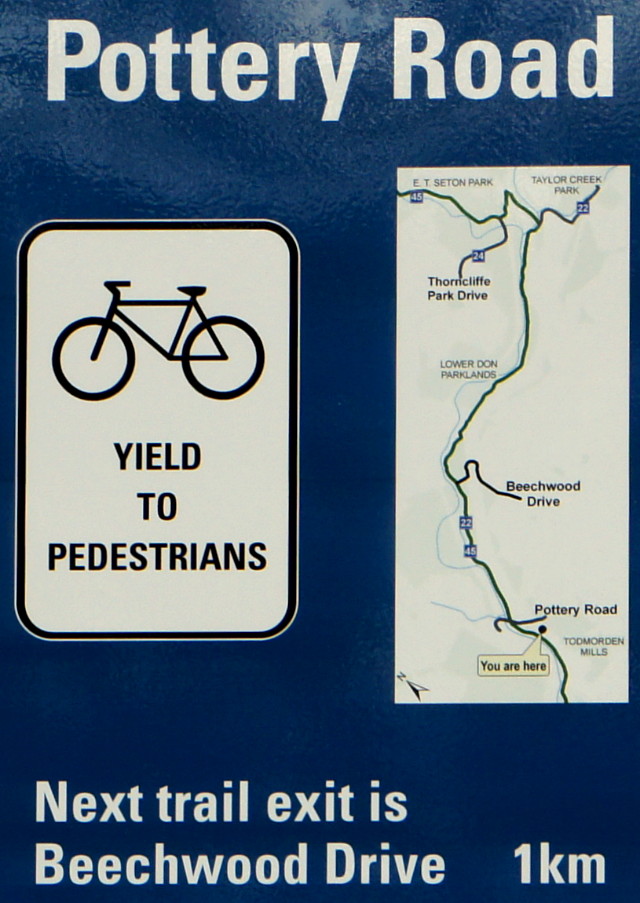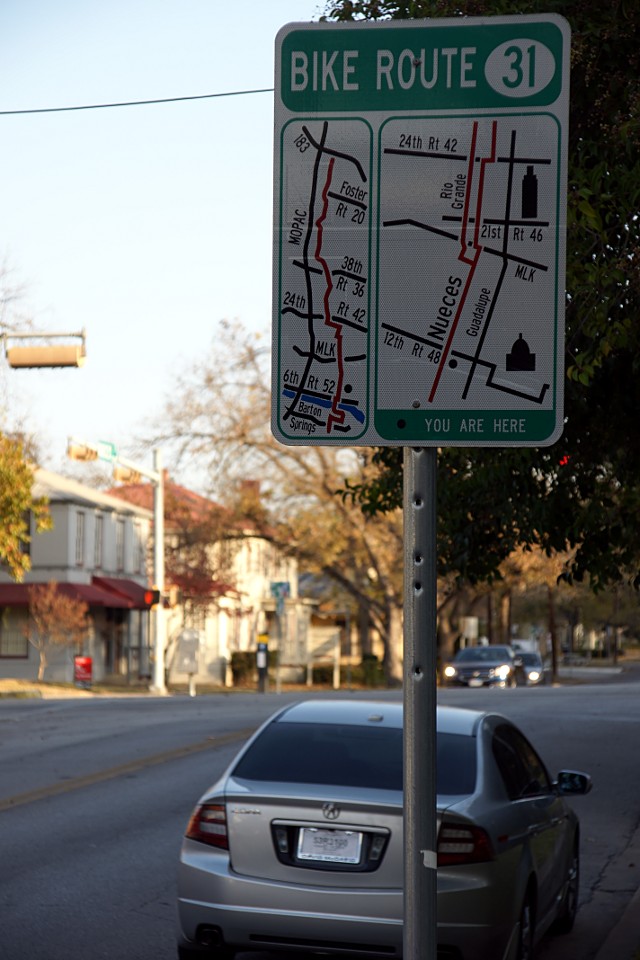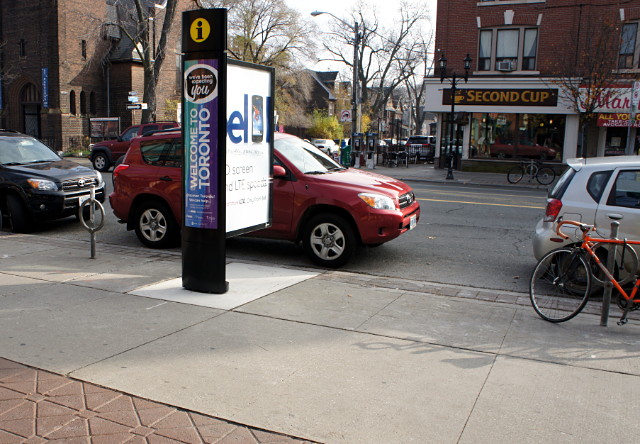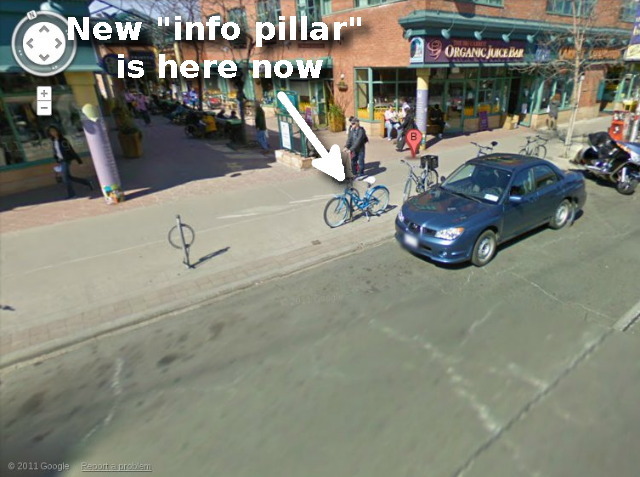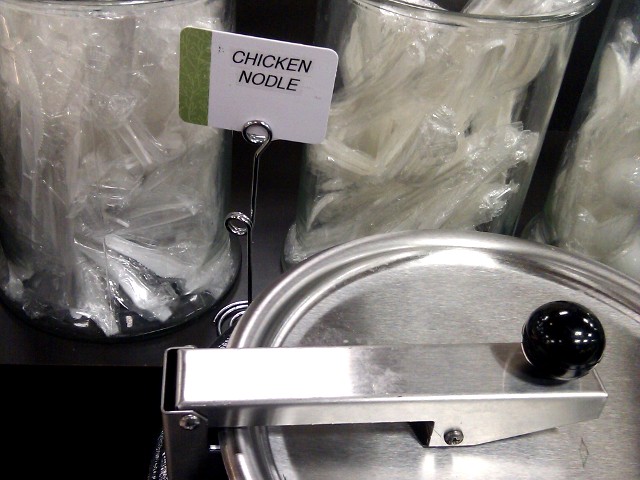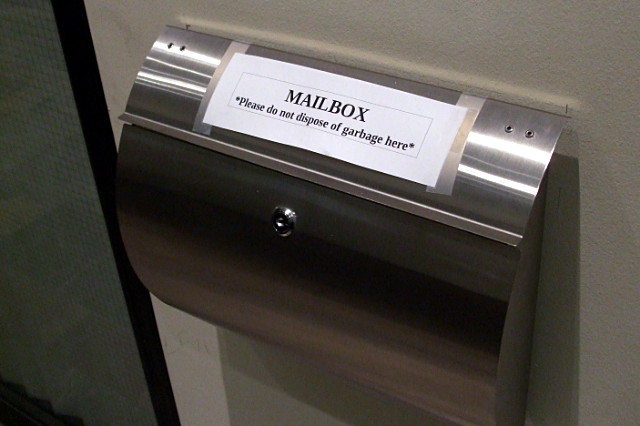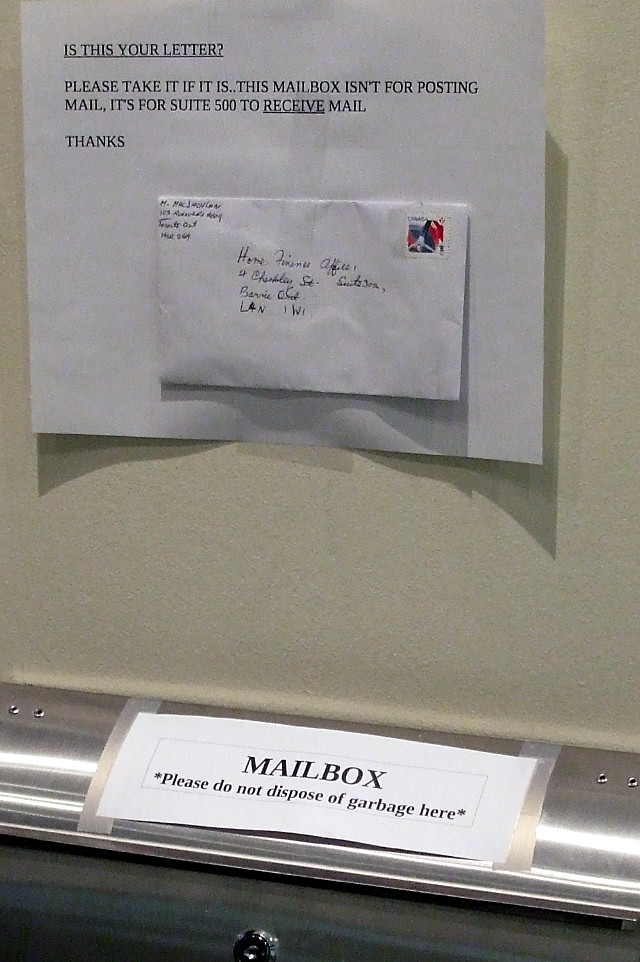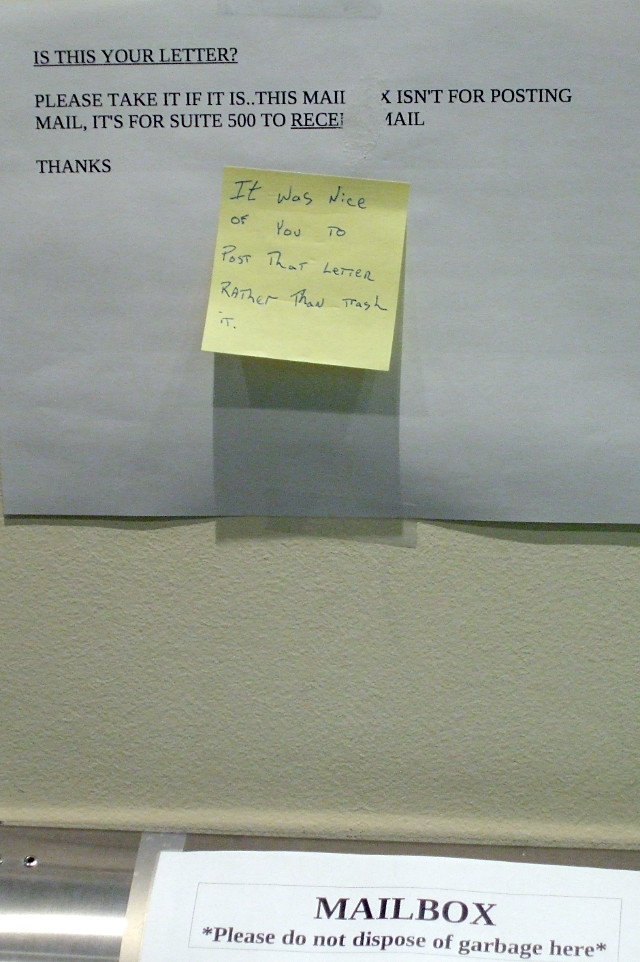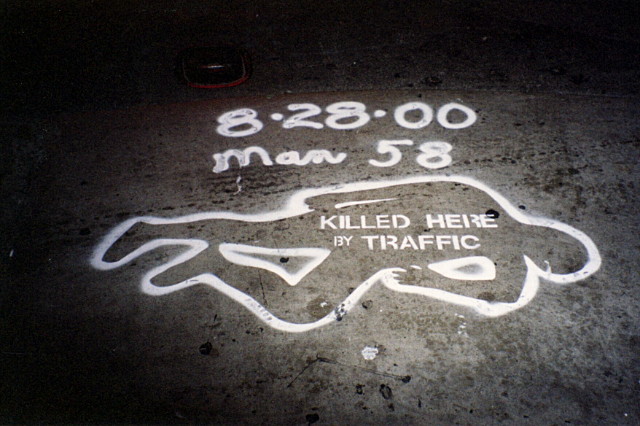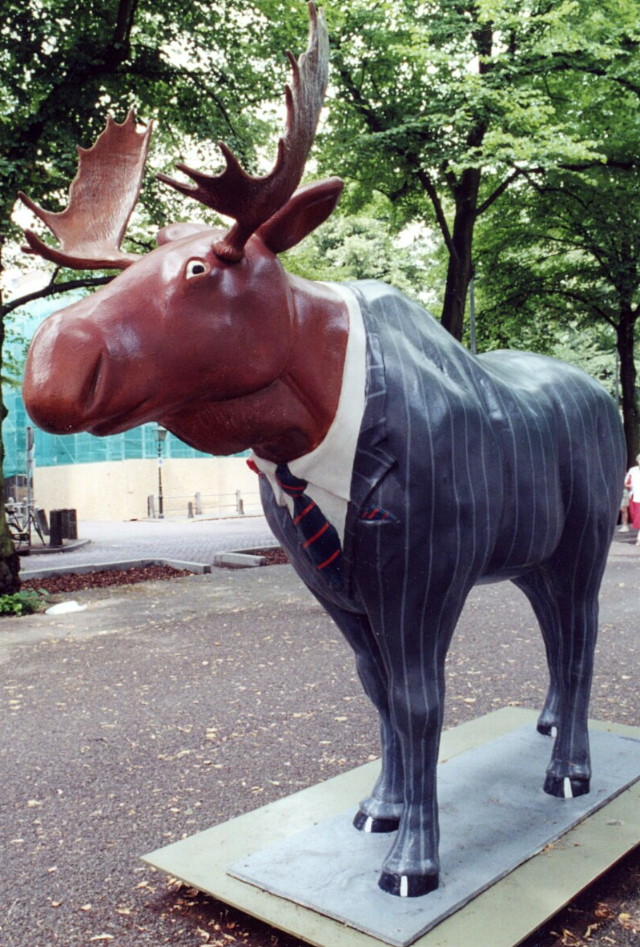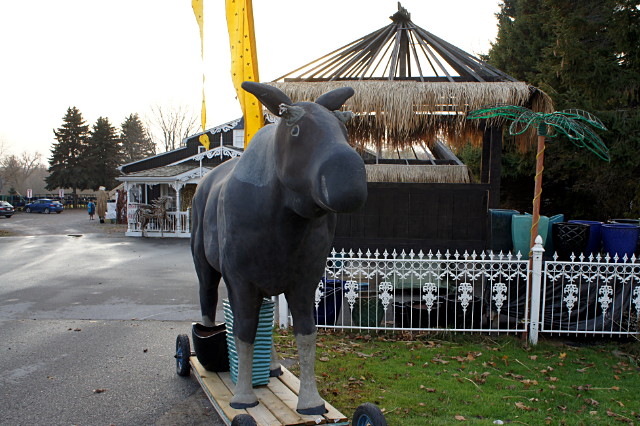[Continuing a series I started last year with motorists and other cyclists.]
Please look up before you cross the street. We’re both lucky that I tuned up my brakes last night.
If you’re at the crosswalk and I’m stopped, waiting for you to cross, please don’t pause and try to wave me through; you have the right of way and I’m waiting here until you get across.
There are leash laws in this city, and one of the things they’re designed to prevent is your dog chasing my bike. The world isn’t your dog run and that leash isn’t doing anyone any good dangling around your neck.
This is a bike lane. It’s not a jogging lane, a standing-and-talking lane, a wait-for-cars-before-crossing-the-road lane, or a peer-down-the-street-looking-for-a-bus lane.
If you’re going to step into the bike lane to get around a knot of other pedestrians, at least have the good sense to check for oncoming bikes first.
If you’re walking four abreast on the park path, do the polite thing and move aside for others.
One ding of the bell is a polite notice. Two dings is a request. Three dings is an attempt to be heard through your earbuds. Four dings is exasperation.
Please train your children and dogs not to run at bikes.
Contrary to popular belief, bikes cannot stop on a dime. Not even on a loonie.
Hey kids, you know when I’m coming down the road and you stand aside with your hockey sticks and shout, “Biiiiike….”? I love it.
Just because the lane of cars is stopped doesn’t mean that it’s safe to step into the bike lane.
There’s a perfectly good sidewalk right beside you; why do you have to push your SUV stroller in the wrong direction in the bike lane? And seriously, you’re giving me a dirty look for not giving you a wide enough berth? Get over yourself.
I’m all for kids playing in the street, but playing in the intersection is asking for trouble.
Actually, this is a contra-flow bike lane, I am allowed to ride in this direction on this one-way street, and you should look both ways before stepping onto the road.
When my bike is parked at the local post-and-ring, it is not a footrest, luggage rack, purse stand, personal mirror, cell phone booth, or smoking area.
I’m happy to answer any questions you have about my bike, lock, panniers, trailer, jacket, helmet cover, lights, basket, or anything else you find interesting about my gear, but opening with, “How much did that cost?” is pretty rude.
Thank you for stopping and asking if I was okay after you saw me fall over sideways after stopping at the red light. I also thank you for nodding politely when I muttered something about clipless pedals and for stifling your laughter until I was out of earshot.

